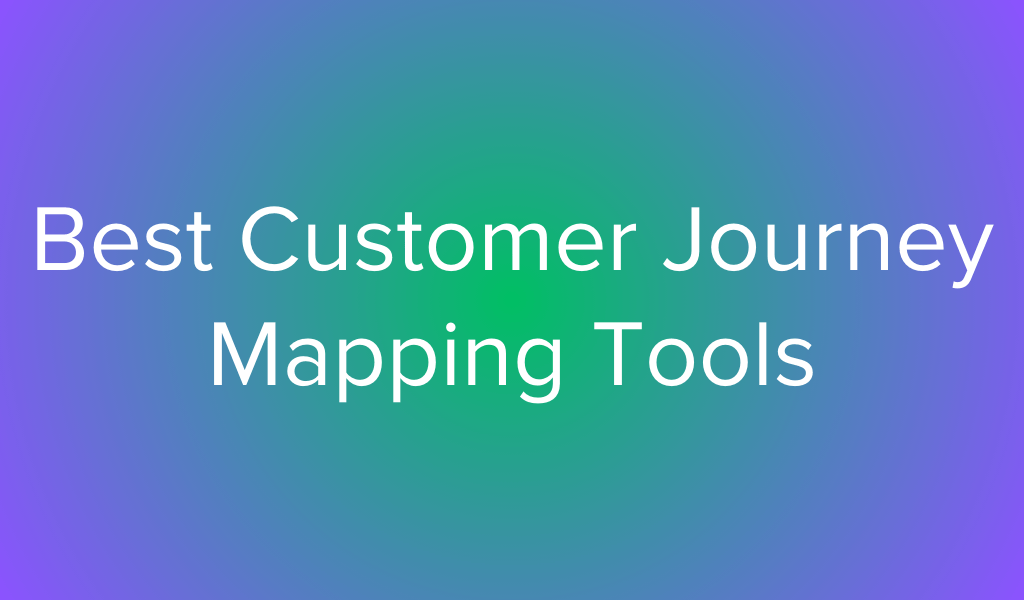6 min read
Listen and understand your customers. Win them at any stage of their journey.
cx Platform
Customer retention is more crucial than ever. Acquiring new customers is undoubtedly important, but retaining existing ones is equally, if not more, essential for sustained success. In this ultimate guide to customer retention, we will explore strategies and best practices to help businesses build lasting relationships with their customers and ensure long-term loyalty.
What is Customer Retention?
Customer retention refers to a business’s ability to retain its existing customers over a specified period. It involves building strong, long-term customer relationships to encourage repeat purchases, loyalty, and advocacy. The focus is on keeping customers engaged, satisfied, and committed to the brand, ultimately reducing churn rates.
Why Does Customer Retention Matter?
Customer retention is vital for several reasons:
- Cost-Effectiveness: Acquiring new customers is more expensive than retaining existing ones. Focusing on retention can save resources and increase overall profitability.
- Loyalty and Advocacy: Loyal customers are more likely to become brand advocates, referring others and positively influencing your brand’s reputation.
- Stability and Predictability: A consistent customer base provides stability, making revenue more predictable and less susceptible to market fluctuations.
- Increased Revenue: Repeat customers tend to spend more over time, contributing significantly to a business’s revenue stream.
How to Measure and Calculate Customer Retention
Customer retention can be measured using the following formula:

What is a Good Customer Retention Rate?
In the business world, the concept of a good customer retention rate is often discussed. It’s important to note that what constitutes a “good” rate can vary significantly across different industries. Generally speaking, a customer retention rate that is above 70% is considered to be strong and indicative of a business that is doing well in maintaining its customer base.
However, while this figure can serve as a guide, it’s crucial to understand that every industry has its own unique standards and benchmarks. As such, businesses must take the time to research and understand what these benchmarks are within their own industry. This allows for a more accurate and relevant comparison, as well as the ability to set goals that are both realistic and attainable.
Important Retention Metrics & KPIs:
- Churn Rate: The percentage of customers who stopped using a product or service within a given time frame.
- Customer Lifetime Value (CLV): The predicted revenue a business can earn from a customer throughout their entire relationship.
- Net Promoter Score (NPS): Measures customer satisfaction and their likelihood to recommend the brand to others. Check out our 5 strategies to improve customer retention with NPS!
- Repeat Purchase Rate: The percentage of customers who make more than one purchase.
- CES and CSAT. As we found in our The State of B2B Account Experience report, Customer Effort Score (CES) and Customer Satisfaction (CSAT) are not used quite as much as NPS to gauge B2B customer sentiment. But they can be useful nonetheless. Both investigate your customers’ feelings about a particular touchpoint, transaction, or interaction.
- Engagement. If they intend to churn, customers won’t always tell you that’s what they’re going to do. In fact, most of them won’t. That’s why tracking engagement, such as engagement with your product or your customer service staff, will be an important part of your customer retention program.
Three Customer Retention Strategies
Customer retention is a critical aspect of business success. Implementing effective strategies can help foster long-term relationships with customers, resulting in increased loyalty and sustained revenue. Here are three customer retention strategies:
- Exceptional Customer Service: Providing outstanding customer service is fundamental to retaining customers. When customers feel valued and supported, they are more likely to stay loyal to a brand. Here are key elements of exceptional customer service:
- Prompt and Personalized Support: Respond promptly to customer inquiries and issues, and personalize interactions based on their preferences and history with your brand.
- Proactive Communication: Anticipate customer needs and communicate accordingly. For example, send updates on order status, product releases, or personalized recommendations.
- Empathetic Problem Resolution: Address customer concerns with empathy and a focus on finding solutions. A positive experience in resolving issues can turn a dissatisfied customer into a loyal advocate.
- Loyalty Programs: Loyalty programs effectively encourage repeat business and foster a sense of appreciation among customers. When implemented thoughtfully, these programs can significantly impact customer retention:
- Reward Points and Discounts: Offer customers points for every purchase that can be redeemed for discounts, free products, or exclusive offers. This incentivizes repeat purchases.
- Tiered Membership: Create tiered loyalty programs where customers unlock additional benefits and rewards as they move up in membership levels. This encourages customers to stay engaged with your brand to reach higher tiers.
- Exclusive Access: Provide loyal customers with exclusive access to new products, early sales, or members-only events. This not only rewards them but also makes them feel special.
- Regular Customer Engagement: Staying connected with customers on a regular basis is essential for maintaining top-of-mind awareness and building a lasting relationship. Consider the following strategies:
- Email Marketing Campaigns: Send personalized and targeted email campaigns to update customers on new products, share relevant content, and offer exclusive promotions.
- Social Media Engagement: Actively engage with customers on social media platforms. Respond to comments, share user-generated content, and run social media contests to keep the community involved.
- Surveys and Feedback: Regularly seek customer feedback through surveys to understand their preferences, opinions, and areas for improvement. Act on this feedback to demonstrate your commitment to customer experience. Check out our 8 tips to get customer feedback effectively.
Customer Acquisition vs Customer Retention: What Should You Focus On?
While customer acquisition is crucial for business growth, customer retention is equally, if not more, important. Acquiring new customers can be more expensive and time-consuming than retaining existing ones. A balanced approach is often recommended, emphasizing the importance of both strategies. However, given the potential cost savings and increased revenue from repeat business, businesses should prioritize customer efforts.
Customer retention is not a one-time effort but an ongoing commitment to building and maintaining strong customer relationships. By understanding your customers, providing exceptional customer experiences, and implementing strategic retention tactics, you can create a loyal customer base that not only sustains your business but propels it towards long-term success. Remember, in the pursuit of growth, retaining your existing customers is the ultimate competitive advantage.






